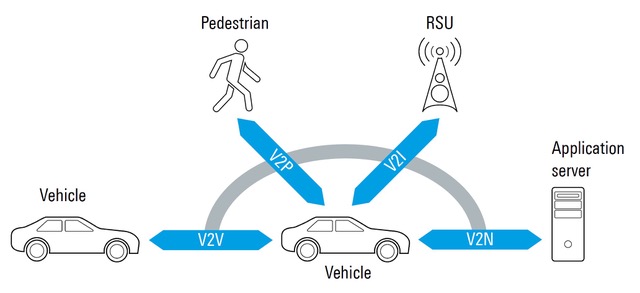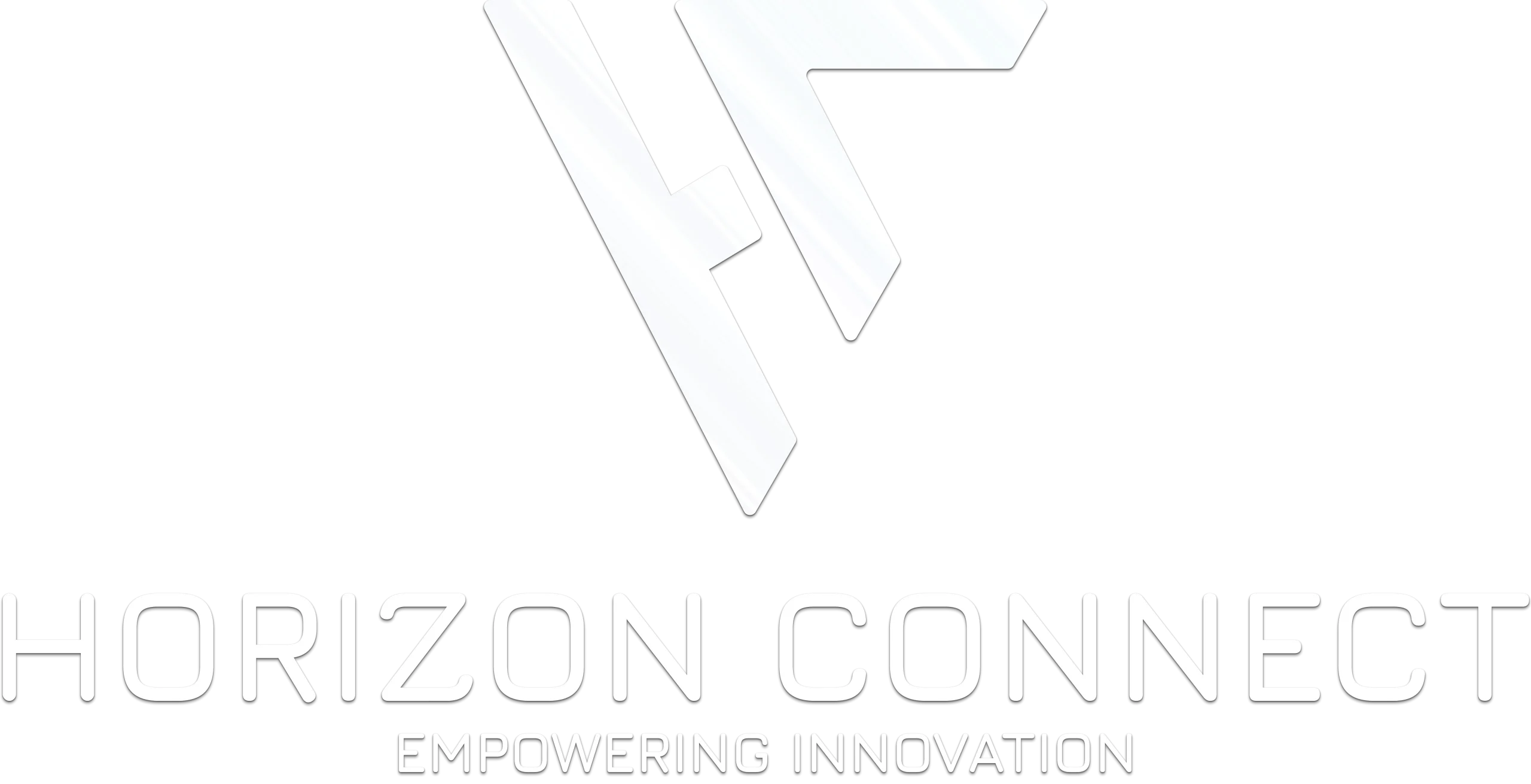The shift from V2X to cloud-connected vehicles marks a major evolution in how cars interact with their environment—and with the digital world. While V2X (Vehicle-to-Everything) lays the foundation for real-time data exchange with nearby systems, today’s mobility landscape increasingly relies on cloud platforms to unlock intelligent features, global scalability, and deeper analytics.
V2X: The Foundation of Vehicle Communication
Vehicle-to-Everything (V2X) refers to the exchange of information between vehicles and any entity that may affect the vehicle. This includes:
- V2V (Vehicle-to-Vehicle): Sharing location, speed, and direction to avoid collisions.
- V2I (Vehicle-to-Infrastructure): Communicating with traffic lights, signage, and road sensors.
- V2P (Vehicle-to-Pedestrian): Detecting people via smartphones or wearables.
- V2N (Vehicle-to-Network): Using cellular networks (4G/5G) to access broader data services, including the cloud.
These technologies aim to enhance safety, efficiency, and situational awareness on the road.

Visual representation of V2X communication: A connected vehicle interacts in real-time with other cars (V2V), infrastructure like traffic lights (V2I), pedestrians with smart devices (V2P), and cloud networks (V2N), enabling safer and smarter mobility. (image: Rhode & Schwarz).
The Role of Cloud-Connected Vehicles in Modern Vehicle Communication
While V2X covers local and network-based interactions, cloud-connected vehicles expand the ecosystem by enabling:
- Over-the-Air (OTA) updates to firmware and software
- Predictive diagnostics powered by AI and machine learning
- Global fleet data aggregation for manufacturers and service providers
- Real-time route and traffic optimization
- Digital twins and vehicle performance simulation
These capabilities rely on Vehicle-to-Network (V2N) communication enhanced by cloud infrastructure and edge computing.
Key Technologies Behind Cloud-Connected Vehicles
1. Edge-Cloud Integration
Vehicles process immediate data locally (e.g., braking decisions), while sending non-urgent data to the cloud for analysis and learning. This architecture balances real-time responsiveness with long-term intelligence.
2. 5G and Low Latency Networks
Modern V2N communication depends on ultra-reliable low-latency communication (URLLC) to ensure safety and performance, especially for ADAS and autonomous systems.
3. Private 5G and Secure Automotive APNs
Private cellular networks and custom APNs offer greater control, data security, and service quality—critical for fleet operators and OEMs deploying smart vehicle services.
What a Cloud-Connected Vehicle Can Do
A connected vehicle today can:
- Share sensor and usage data with the cloud
- Receive OTA software patches
- Trigger alerts for potential engine issues
- Provide live traffic and weather-based route optimization
- Personalize infotainment systems based on driver profiles
Benefits of Evolving Beyond V2X
| Feature | Traditional V2X | V2X + Cloud |
|---|---|---|
| Local Safety Warnings | ✅ Yes | ✅ Yes |
| OTA Updates | ❌ No | ✅ Yes |
| Predictive Maintenance | ❌ No | ✅ Yes |
| Global Fleet Insights | ❌ No | ✅ Yes |
| Machine Learning at Scale | ❌ No | ✅ Yes |
By integrating cloud computing with V2X, vehicles become smarter over time, enabling an ecosystem of continuous learning and global synchronization.
Frequently Asked Questions (FAQ)
What are cloud-connected vehicles?
Cloud-connected vehicles are modern vehicles that use both V2X communication and cloud computing to enable real-time data exchange, over-the-air updates, and advanced analytics for improved safety and performance.
How do cloud-connected vehicles differ from traditional V2X systems?
Unlike traditional V2X systems that focus on direct communication between vehicles and infrastructure, cloud-connected vehicles leverage cloud platforms to provide scalable data processing, predictive maintenance, and fleet-wide insights.
What technologies enable cloud-connected vehicles?
Key technologies include 5G networks for low latency, edge computing for real-time processing, and cloud platforms that enable data analytics, OTA software updates, and AI-powered vehicle intelligence.
Conclusion
The evolution from V2X to cloud-connected vehicles is not about replacing V2X—it’s about expanding its capabilities. By combining real-time communication with powerful cloud ecosystems, the mobility industry is unlocking new levels of safety, efficiency, and intelligence.
At Horizon Connect, we help OEMs, Tier 1s, and mobility operators with automotive IoT and connectivity integration.
Horizon Connect is your trusted partner for turning that vision into reality.


